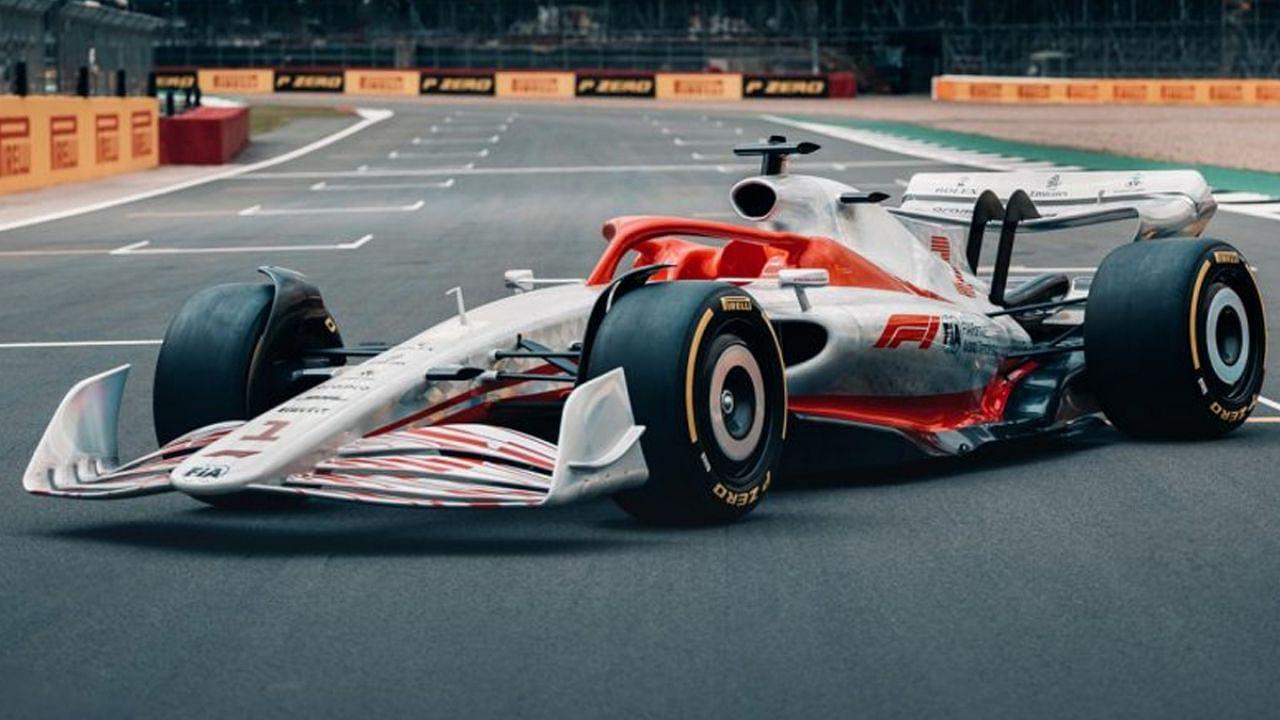Formula 1 cars are one of the fastest vehicles in the world, but how much horsepower does one F1 car actually generate?
Formula 1 is the fastest form of motorsport in the world. This makes it the most coveted Championship, which every young driver wishes to win someday. But what makes these cars fast? What are the engines that power these cars to glory?
In F1, there are four engine suppliers as of now. They are namely Mercedes, Ferrari, Renault and the Red Bull powertrains. Honda was a manufacturer for Red Bull and Alpha Tauri until 2021, but decided to leave the sport thereafter. As a result, the Austrian team have launched their own powertrain division, for the foreseeable future.
What is a @F1 car? It’s the very cutting edge of technology, nearly 1,000HP of Hybrid power hurtling around a race track at 300 km/h
It’s the fastest racing car on the planet… 👉 https://t.co/Fz2DLPiZcg #DrivenByEachOther pic.twitter.com/NB1djgxJ1z
— Mercedes-AMG PETRONAS F1 Team (@MercedesAMGF1) March 15, 2018
Engine regulations in F1 change ever year. However, ahead of the current seasons, all the teams agreed upon entering a period of engine freeze. During this period, none of the manufacturers can develop their engine further, so their performance is locked.
The main purpose of an engine is to give the car as much raw pace as possible. The best way to keep a check on that is to have a look at its horsepower.
Also read: F1 Engines 2022: Who are the Formula 1 engine suppliers for the 2022 season?
How much horsepower do the 2022 F1 cars generate?
For the current engines, it is estimated that they have around 1000Hp. A part of that Hp is stored in the engine’s electrical unit. When an F1 car gets up to speed, the energy generated is stored in this unit.
This is used in the form of ERS, when drivers need an extra boost to pass another car or go for the fastest lap. It’s also vital for slowing the car down on time.
However, horsepower cannot be the only indicator of the raw pace of an engine. Each F1 engine manufacturer produces different components that distinguish themselves from their rivals.
Teams won’t be able to change their engines until new regulations are introduced in 2026. Another aim for F1 as a whole is to use 100% sustainable fuel by that time.
This resulted in the introduction of the E10 fuel this year. It uses 10% ethanol and 90% fossil fuels to power the engine. In previous fuels that ratio was 5:95.
Also read: Are F1 cars electric?: Are engines used by Formula 1 cars running on a battery?


